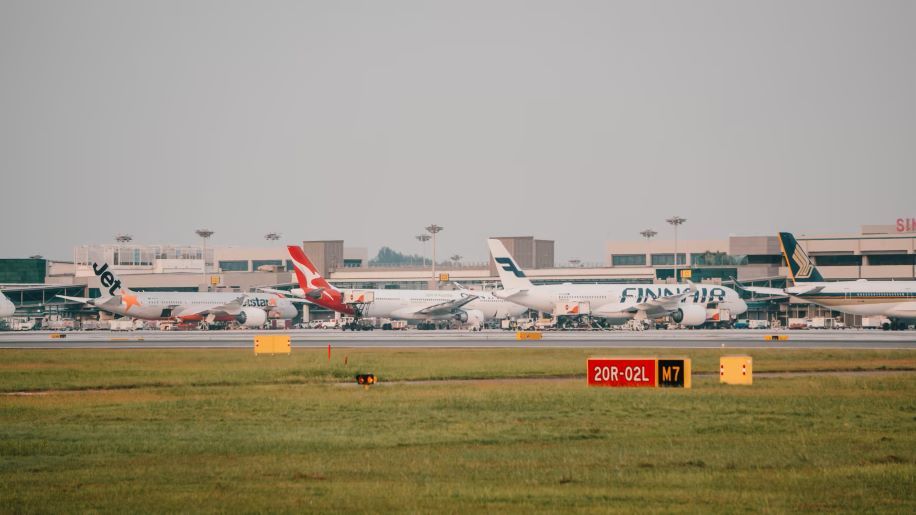Preliminary traffic figures for the full calendar year 2023 released by the Association of Asia Pacific Airlines (AAPA) showed solid growth in international passenger demand, supported by strong appetite for travel following the lifting of travel restrictions remaining related to the pandemic in the region.
During the year, the region's airlines recorded a 161 percent increase in the number of international passengers carried to a combined total of 278.5 million.
In terms of revenue passenger kilometers (RPKs), demand increased 131 percent, reflecting the strength of short-haul markets, according to the AAPA.
The increase in demand was supported by a 106.2 percent expansion in available seat capacity for the year, as airlines restored flights within and between regions.
International passenger load factor returned to pre-pandemic levels averaging 80.9 percent in 2023, an increase of 8.7 percentage points compared to 2022.
However, passenger numbers averaged 72 percent of 2019 pre-pandemic levels, although this was significantly higher than the 28 percent in 2022.
“International passenger traffic carried by Asian airlines grew solidly by 161% in 2023. Passenger numbers averaged 72% of 2019 pre-pandemic levels, up significantly from 28% in 2022,” commented the CEO. of AAPA, Subhas Menon.
He continued: “Overall, 2023 was a good year for airlines in the region. Passenger demand grew steadily, while air cargo markets ended the year on a high note. The gradual restoration of flight frequencies and connections between city pairs throughout the year provided more options for travelers, further stimulating demand. However, as operations were progressively restored, airlines faced capacity constraints as well as increased cost pressures driven by volatile fuel prices, a strong US dollar and inflationary impacts on operations.”
Looking ahead, the head of the AAPA noted that “2024 promises to be another good year for Asian airlines.”
International passenger traffic is poised to return to pre-pandemic levels in the coming months, driven by the return of tourism and the resilient expansion of the region's economies. However, some uncertainties remain, including the potential erosion of business and consumer confidence amid rising geopolitical risks. In this context, airlines in the region remain alert to market influences while investing for future growth,” Menon said.
The AAPA says it speaks with a common voice on behalf of Asia-Pacific airlines and presents Asian perspectives when dealing with governments, aircraft manufacturers, airport authorities and other organizations on industry issues.
Its members include all major Asia-Pacific airlines, including Air India, All Nippon Airways, Cathay Pacific, China Airlines, Malaysia Airlines, Singapore Airlines, Thai Airways and Vietnam Airlines.
aapairlines.org











